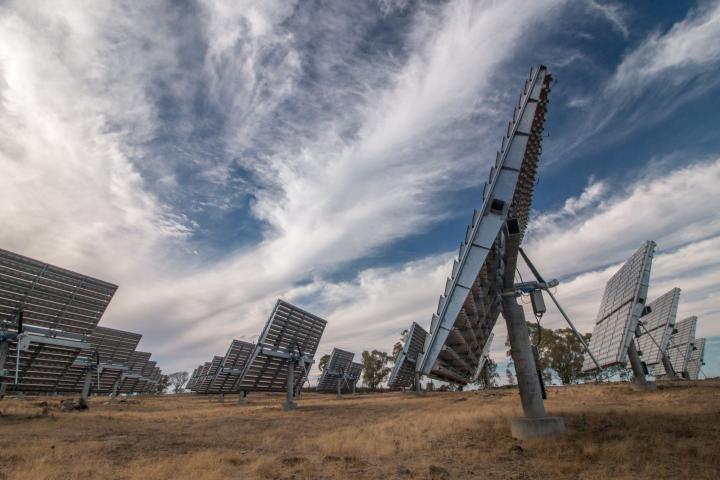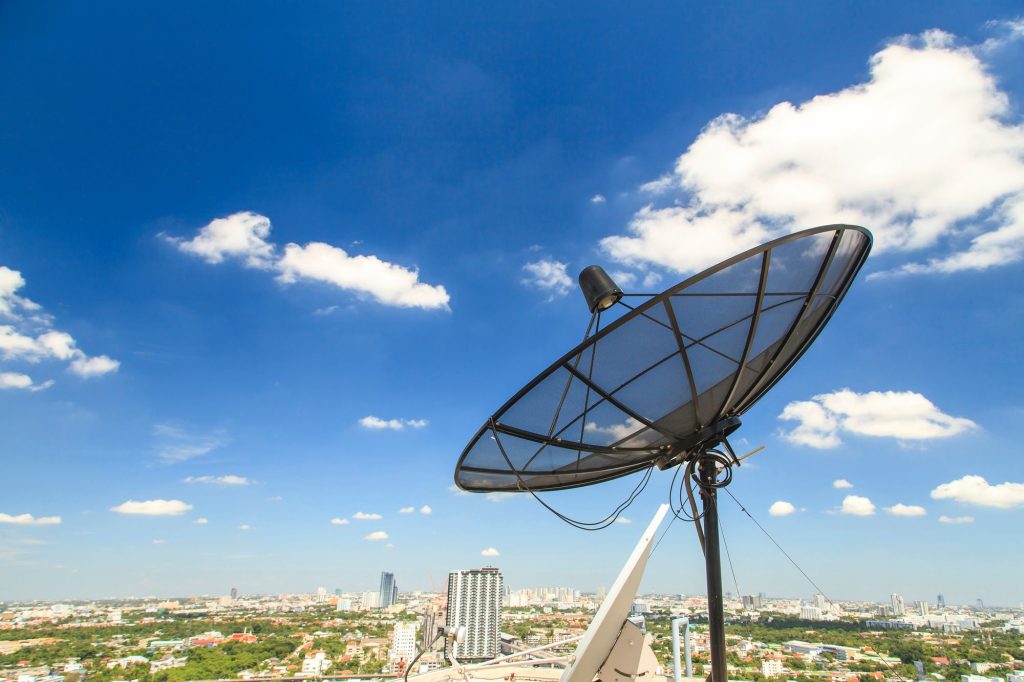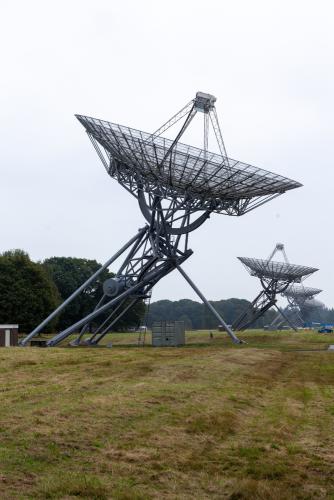Discover how ground-penetrating radar can be used to identify objects and structures below the surface in Geoforensics. Also, read about some tips on how to use a ground-penetrating radar system for your investigations.
What is Ground-Penetrating Radar?
Ground-penetrating radar (GPR) is a type of radar that uses microwaves to image the subsurface. It’s used in various applications, including archaeology, geomorphology, environmental monitoring, and engineering.
GPR can be used to detect objects below the surface, as well as identify changes in subsurface features over time. This information can help map out archeological sites and understand how landscapes have been shaped. It can also study environmental factors like water resources and mineral deposits.
Applications of Ground-Penetrating Radar in Geoforensics

Ground-penetrating radar is a radar that uses radio waves to penetrate the ground to acquire images or data. This technology is used in several different applications, including Geoforensics.
One of the main applications of ground-penetrating radar in Geoforensics is examining buried bodies. Using this technology, investigators can image the inside of an object and detect any abnormalities, such as damages caused by human remains. This information can then be used to identify the victim and determine whether or not they were killed at home or elsewhere.
Ground-penetrating radar has other uses in forensic investigations, including detecting oil and gas reserves and monitoring construction sites. It can help identify architectural plan flaws, for example, and track changes over time.
Overall, GPR is a valuable tool for investigating all sorts of complex cases related to Geoforensics. It has revolutionized the field by making it possible to explore areas that were previously inaccessible or too dangerous for investigators.
How to use a Ground-Penetrating Radar System?

A ground-penetrating radar system is a perfect tool if you’re working on a case and need to find evidence hidden below the surface.
This technology works by sending electromagnetic waves to the earth’s surface and detecting changes. This lets you see objects or materials buried deep beneath the ground.
A ground-penetrating radar system is used with other investigative tools like excavators and metal detectors. By using these tools together, you can scan an area for clues or evidence. Alternatively, you can use a ground-penetrating radar system as the primary tool in your investigation. In this case, it will scan specific areas for specific pieces of information.
Though such systems are expensive and require trained personnel to operate them properly, they’re often one of the most effective tools in a crime scene investigator’s arsenal. If you’re ever involved in a criminal investigation and need to find evidence hidden beneath the surface, don’t hesitate to call on a professional team like ours!
Benefits of using Ground-Penetrating Radar Systems in Geoforensics
Ground-penetrating radar systems have been widely used in Geoforensics for several reasons.
First and foremost, it is a powerful tool for documenting the underground features of an area. This is important because it allows investigators to determine the location and extent of buried objects and identify potential obstacles that may prevent them from reaching their target.
Secondly, ground-penetrating radar also has a high degree of accuracy in mapping large areas. This is thanks to its ability to penetrate deep into the earth’s surface and survey large areas quickly and accurately. It can also be used to create 3D images of underground structures or zones, which can be very helpful in planning investigations or identifying potential crime scenes.
Lastly, ground-penetrating radar systems are also ideal for detecting concealed items or explosives. By scanning an area for buried objects, this system can help detectives find evidence that may have otherwise gone undetected.
Ground-penetrating radar (GPR) systems are a versatile tool that can be used for various purposes in Geoforensics. They can identify potential evidence, track the movement of suspects and victims, and recover items from beneath the ground.
Overall, GPR systems are essential to any Geoforensic investigation and provide valuable information that can help solve crimes.

